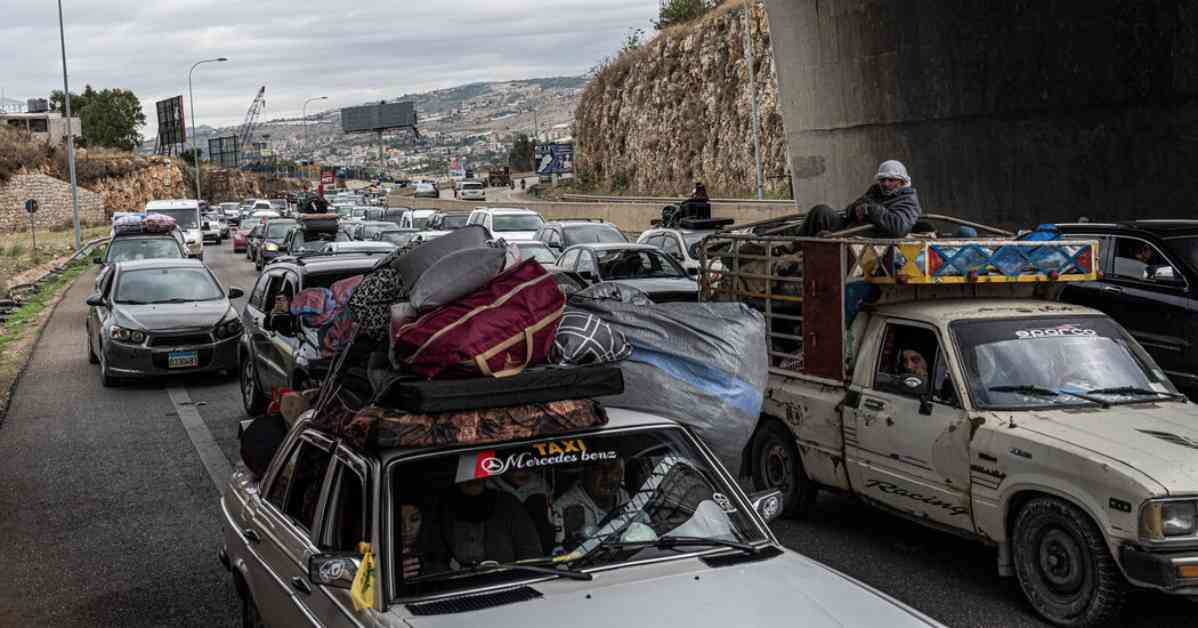After a cease-fire agreement between Israel and Hezbollah, Lebanese citizens were finally able to return to their homes that were devastated by the war. The streets were filled with cars as people from southern and eastern Lebanon made their way back to their towns and villages.
Hussein Nassour, a resident of Beirut, returned to his neighborhood to find his apartment destroyed by Israeli airstrikes. His furniture was ruined, and the family market he owned was in shambles. Like many others, he felt that the war had brought nothing but loss and destruction.
The cease-fire was met with relief across Lebanon, as it marked the end of the deadliest conflict the country had faced in thirty years. People hoped that both sides would honor the agreement and allow some semblance of normalcy to return to their lives.
For the hundreds of thousands of displaced individuals who had fled from the bombings and invasion, the cease-fire offered a glimmer of hope. It gave them the opportunity to go back home and assess the extent of the damage they had suffered.
The scenes of devastation were heart-wrenching as residents surveyed the ruins of their once-thriving neighborhoods. Buildings were cleaved in half, cars were crushed, and entire towns lay in ruins. The road to recovery would be long and arduous for the Lebanese people.
Despite the challenges ahead, there was a sense of resilience and determination among the returning residents. They were ready to roll up their sleeves and start rebuilding their lives from the ground up. The cease-fire may have ended the fighting, but the real work of healing and reconstruction was just beginning.
As Lebanon embarked on the long road to recovery, the international community stood ready to provide support and assistance to the war-torn country. It was a time for solidarity and cooperation as the Lebanese people sought to overcome the trauma of war and rebuild a better future for themselves and their children.

